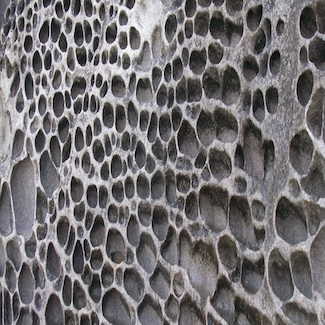Visual sensory networks and effective information transfer in animal groups.
Type
Social transmission of information is vital for many group-living animals, allowing coordination of motion and effective response to complex environments. Revealing the interaction networks underlying information flow within these groups is a central challenge. Previous work has modeled interactions between individuals based directly on their relative spatial positions: each individual is considered to interact with all neighbors within a fixed distance (metric range), a fixed number of nearest neighbors (topological range), a 'shell' of near neighbors (Voronoi range), or some combination (Figure 1A). However, conclusive evidence to support these assumptions is lacking. Here, we employ a novel approach that considers individual movement decisions to be based explicitly on the sensory information available to the organism. In other words, we consider that while spatial relations do inform interactions between individuals, they do so indirectly, through individuals' detection of sensory cues. We reconstruct computationally the visual field of each individual throughout experiments designed to investigate information propagation within fish schools (golden shiners, Notemigonus crysoleucas). Explicitly considering visual sensing allows us to more accurately predict the propagation of behavioral change in these groups during leadership events. Furthermore, we find that structural properties of visual interaction networks differ markedly from those of metric and topological counterparts, suggesting that previous assumptions may not appropriately reflect information flow in animal groups.

